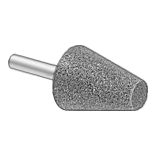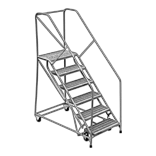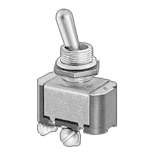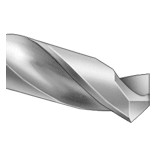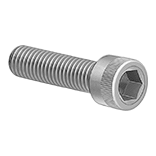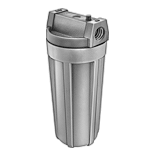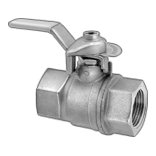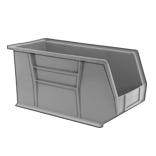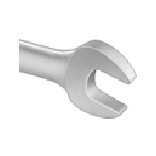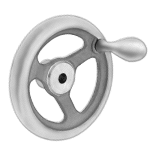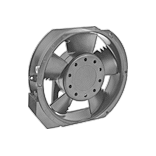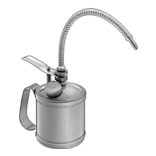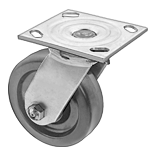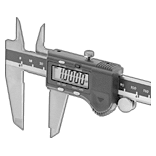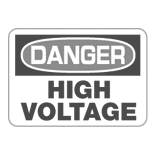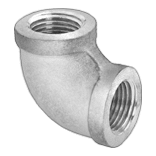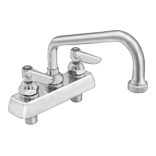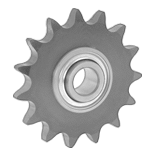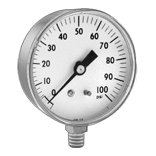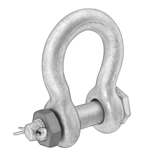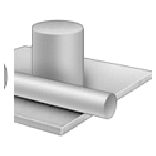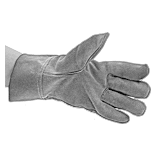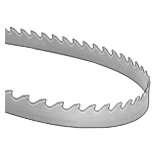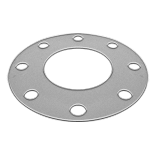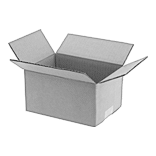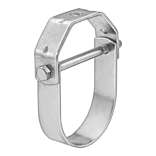About Heat-Shrink Tubing
More
Moisture-Seal Wrap for Heat-Shrink Tubing
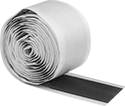
Use this wrap with heat-shrink tubing to create a moisture-resistant seal. Apply it like tape around wire and cable, and slide the tubing over the wrap. The wrap melts when tubing is heated and bonds to the underlying surface.
TPE rubber wrap has a higher dielectric strength than nylon plastic and butyl rubber wrap, so it’s the best choice for electrical insulation.
Nylon plastic wrap is ultra thin, so you can wrap it around each individual wire as well as your whole bundle for enhanced protection. Along with water, it resists oils, chemicals, and grease.
Butyl rubber wrap seals larger gaps than TPE rubber and nylon plastic wrap, so it’s better for protecting irregular shapes or items with deep grooves. However, it doesn’t withstand temperatures as high.
Dielectric strength is the maximum voltage a material can handle before it starts to breakdown. The higher the dielectric strength of a material, the better it is for preventing electricity, heat, or signal from dissipating from wire and cable.
| Thick. | Wd. | Color | Clarity | Temperature Range, °F | Dielectric Strength | Each | |
1 ft. Lg. | |||||||
|---|---|---|---|---|---|---|---|
TPE Rubber | |||||||
| 0.026" | 1" | Yellow | Semi-Clear | -65° to 245° | 500 V/mil | 000000 | 00000 |
Butyl Rubber | |||||||
| 0.062" | 1" | Gray | Opaque | -40° to 190° | 250 V/mil | 000000 | 0000 |
5 ft. Lg. | |||||||
TPE Rubber | |||||||
| 0.026" | 1" | Yellow | Semi-Clear | -65° to 245° | 500 V/mil | 000000 | 00000 |
Butyl Rubber | |||||||
| 0.062" | 1" | Gray | Opaque | -40° to 190° | 250 V/mil | 000000 | 00000 |
25 ft. Lg. | |||||||
Nylon Plastic | |||||||
| 0.008" | 2" | Yellow | Semi-Clear | -65° to 275° | 300 V/mil | 00000000 | 000000 |
